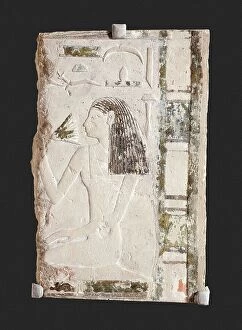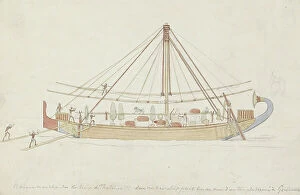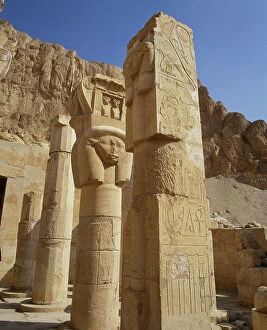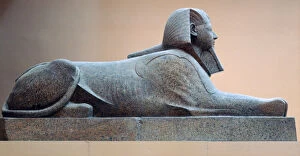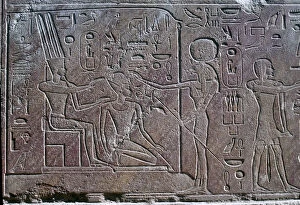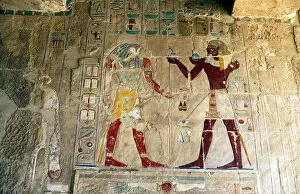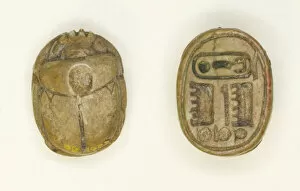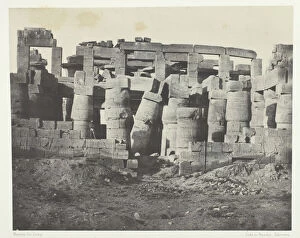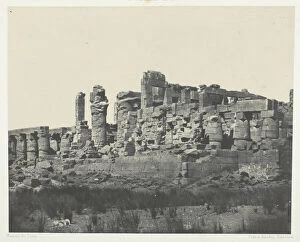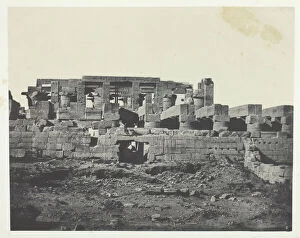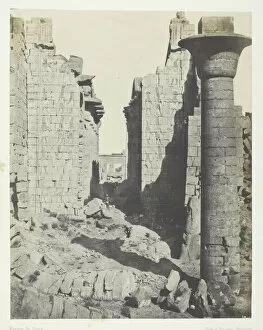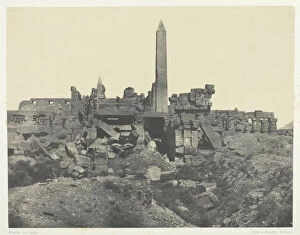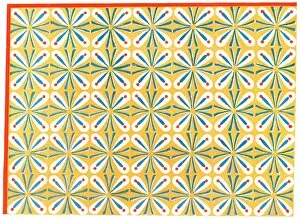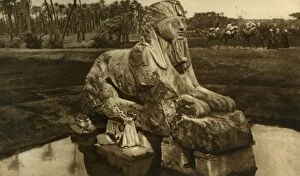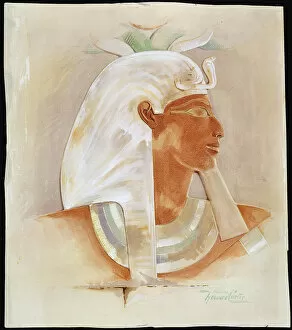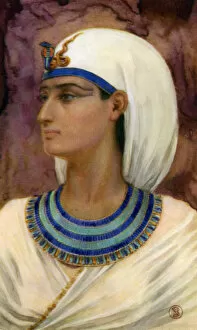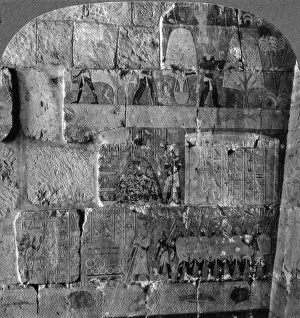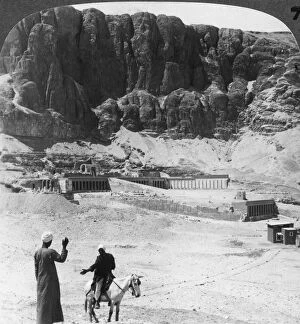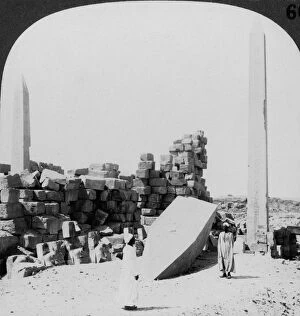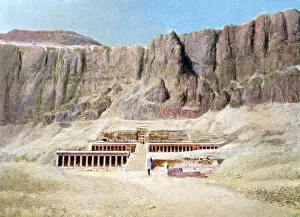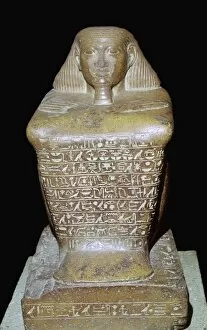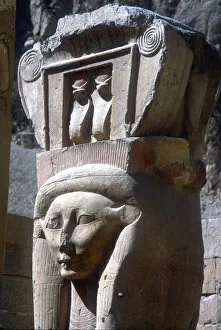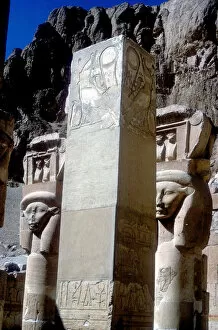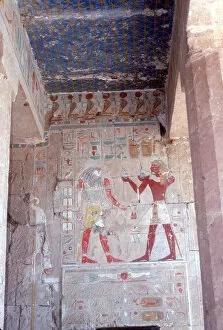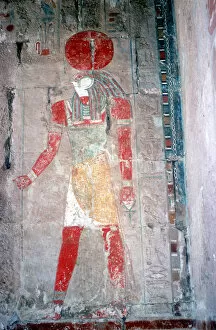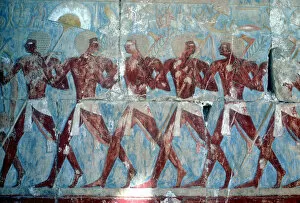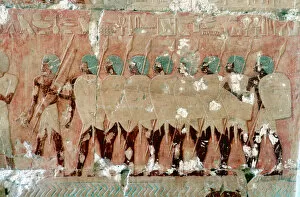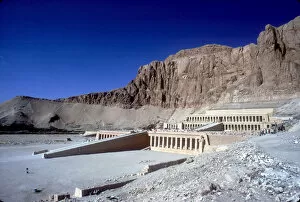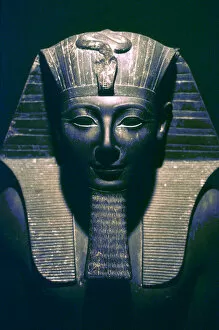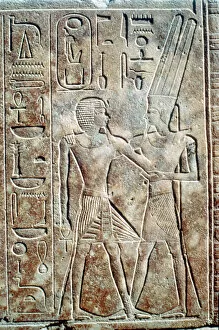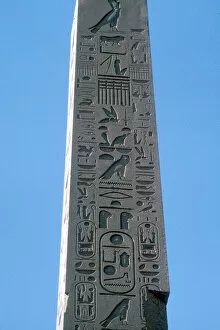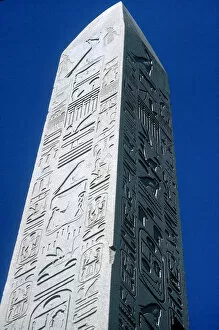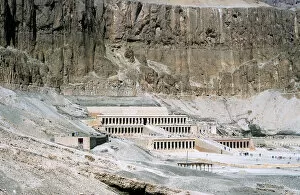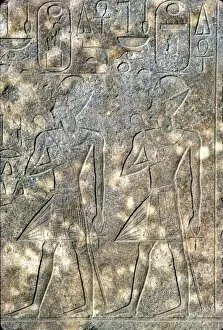Makere Collection
"Makere: Unveiling the Legacy of an Ancient Egyptian Queen" Step into the realm of ancient Egypt, where a powerful queen once reigned supreme
For sale as Licensed Images
Choose your image, Select your licence and Download the media
"Makere: Unveiling the Legacy of an Ancient Egyptian Queen" Step into the realm of ancient Egypt, where a powerful queen once reigned supreme. Makere, also known as Hatshepsut, left an indelible mark on history during the New Kingdom in Dynasty 18. Her scarab symbolizes her divine connection to Maatkara and her reign over Egypt. Journey through time to Palais de Karnak, where Salle Hypostyle stands as a testament to grandeur and architectural brilliance. Marvel at its majestic presence captured from various angles - Prise au Nord, Angle Nord-Est, Entree Meridionale - each revealing a different facet of its magnificence. As you explore further within Palais de Karnak's walls, discover the Cour des Bubastites and the Entrée Principale de la Salle Hypostyle. These spaces were witness to ceremonies and rituals that celebrated Makere's rule and solidified her place in history. Venture deeper into this ancient sanctuary and find yourself standing before the Sanctuaire de Granit et Salle Hypostyle. Here lies a sacred space where worshippers sought solace amidst intricately painted ceilings reminiscent of Hepuseneb's tomb in Thebes. Outside these hallowed halls lies Memphis - home to The Alabaster Sphinx guarding secrets untold for centuries. Its enigmatic gaze captivates all who behold it while whispering tales of forgotten times. A glimpse into Makare Hatshepsut herself awaits with a head sculpted by an unknown artist from early 20th century Egypt. This exquisite artwork brings forth her regal beauty and strength that defined her reign. The Birth Colonnade within Temple of Hatshepsut transports us back even further in time with Walter Frederick Roofe Tyndale's stunning depiction from c1905. It showcases how this remarkable queen was revered not only as a ruler but also as a mother and nurturer.

